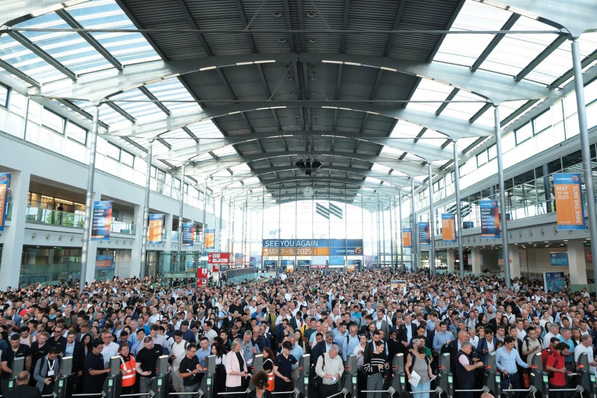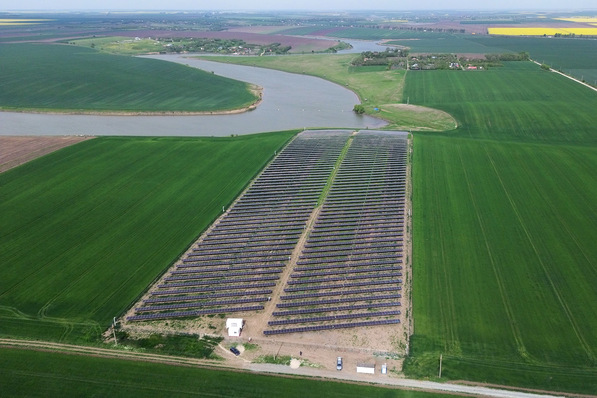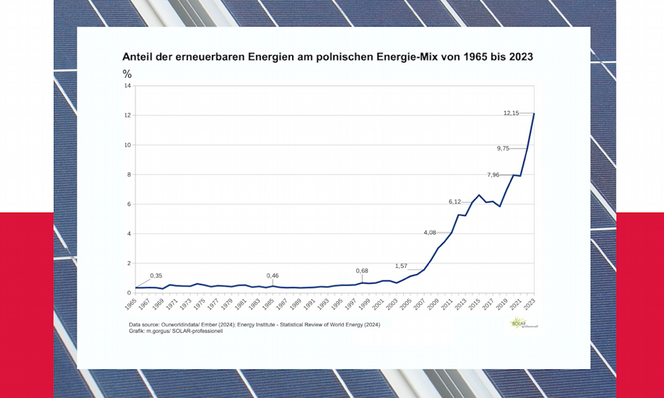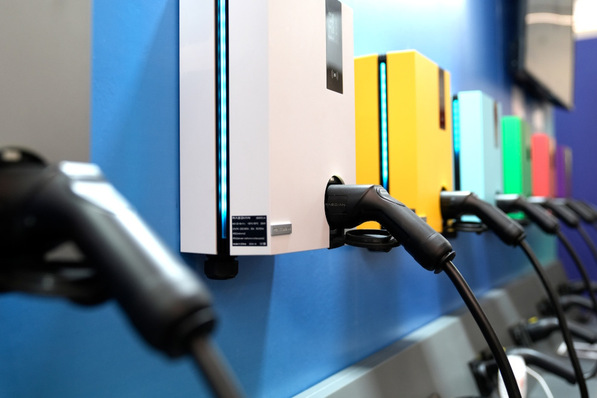In light of the Ukraine war and the energy crisis, the EU Commission recently announced that power outages and other emergencies are a possibility. In addition, the price of energy is continuously rising. So the question is what types of countermeasures should be taken and what concepts these measures are based on.
One approach that is currently still too little known in this context is Demand Side Flexibility (DSF). Eaton explains below how this approach works and what the concrete contribution to reducing electricity costs as well as CO2 emissions looks like.
Distributing loads to reduce costs
Power systems must become increasingly flexible to accommodate the rising share of solar and wind energy. One possible option is to match electricity demand to solar and wind generation. In this context, demand side flexibility stands for flexibility on the demand side. This means that electricity customers can adjust their consumption and the amount of their own generation, e.g. via photovoltaic plants, based on external signals.
In this way, they help stabilize the grid and ultimately reduce electricity costs. This is achieved by allowing storage capacity, for example in the form of electric vehicles, private-use heat pumps, and industrial infrastructure (e.g., heat generation and public transportation), to augment whenever either generation is too high and demand is too low, or generation is too low and demand is too high.
Significant benefits for wholesalers, consumers, and security of supply
Until now, it has not been possible to quantify the contribution of this form of load balancing by increasing, decreasing, and shifting capacity. To close this information gap, Smart Energy Europe (smartEn) has now conducted an expert study in cooperation with Eaton and DNV.
Did you miss that? Energy storage and flexiblity pillars of the energy transition
It quantifies the benefits of a full deployment of DSF in the EU by 2030 and also aims to facilitate policy decisions to reduce greenhouse gases. Thus, a full DSF activation scenario achieves the following outcomes, which could benefit both industry and consumers monetarily and environmentally:
Wholesale financial and environmental benefits.
- 4.6 billion (5 percent) is saved due to lower electricity generation costs compared to a scenario without DSF.
- Nine billion EUR in lost load can be saved because the adjusted power system can serve all demand for a full year.
- 37.5 million tons of annual greenhouse gas emissions are saved - that's eight percent, or nearly 84 kilograms per capita. In this way, the power sector could actually exceed the 55 percent CO2 reduction target by 2030.
- Curtailment in renewable energy feed-in would be 15.5 TWh (61 percent) lower, improving their economic viability and the availability of decarbonized electricity to consumers.
Security of supply benefits
The study suggests that without DSF, the power system would lack at least 60 GW of generation capacity in 2030 to ensure security of supply during peak demand periods. Load shifting and load curtailment, in turn, allow security of supply to be maintained by making up for the shortfall in generation capacity.
EUR 2.7 billion is saved annually by establishing 60 GW of DSF compared to installing 60 GW of peak generation capacity.
Activating DSF technologies in balancing markets could save a total of EUR 262 to 690 million in the EU. This corresponds to a reduction potential in balancing energy costs of 43 to 66 percent.
Financial benefits for consumers
- Consumers save more than EUR 71 billion (64 percent) per year on electricity consumption.
- More than EUR 300 billion in indirect annual cost benefits accrue to individuals and businesses.
The financial benefits for consumers can be broken down into direct and indirect benefits. Direct benefits accrue to residential, commercial, and industrial consumers with flexible loads if, for example, they are owners of electric vehicles and can contribute the flexibility of their vehicles. They then benefit from lower energy costs if EV charging is based on dynamic pricing. In addition, all consumers benefit in an indirect way from the impact on market prices.
Here are the direct benefits for consumers
Direct benefits include all those that are directly reflected in consumers' energy bills - whether as savings or revenue (e.g., via batteries). In addition, they can be broken down by technology type, which allows an inference to be made about the average savings per unit of energy. For example, the highest savings can be achieved with electric space heating. Here, the potential cost reduction is EUR 71 billion in 2030, and the savings could be even greater if energy efficiency aspects were taken into account.
Some studies suggest that flexibility activation in residential buildings also leads to a reduction in peak load. For example, an RTE study suggested that energy savings of up to 50 percent could be achieved. In addition, average owners of electric vehicles can save up to 0.07 euros/kWh, which equates to a savings of 176 euros per year. This average figure includes savings from both smart charging and V2G.
Indirect benefits for consumers
The changes in system costs and energy prices would also have a positive impact on all end users. They include:
- The overall reduction in energy prices (i.e., the reduction in the cost to supply consumers).
- The reduction in the cost of generation capacity
- The reduction of investments in the grid infrastructure
- The reduction in the cost of balancing the system
- The reduction in carbon emissions
The results clearly show that the largest savings are due to reductions in energy costs. With an average reduction in energy costs per capita of 673.5 euros, these are also quite significant. This is mainly due to the effect of DSF in peak load reduction and the reduction of renewable energy curtailment, avoiding the use of more expensive generation plants. Finally, another benefit for all consumers is the reduction of carbon dioxide emissions by 83.8 kg per capita, making the target of a 55 percent reduction by 2030 achievable. (DK/hcn)
Also interesting: Eaton launches its Buildings as a Grid approach and acquires Green Motion







